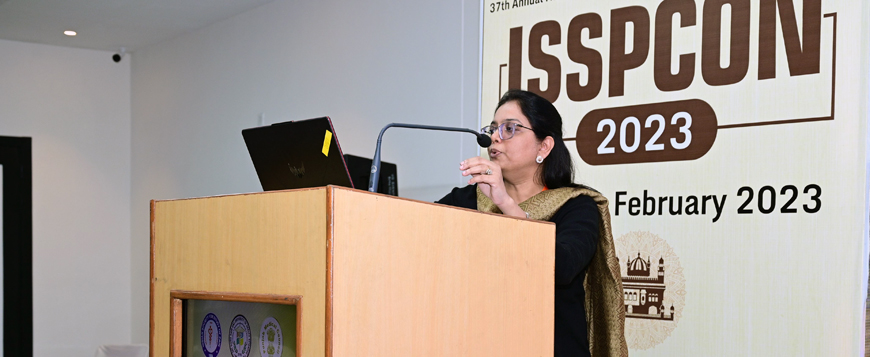Back Pain and Sciatica
Back pain and sciatica are two of the most common pain conditions that affect people of all ages. Low back pain is the most common symptom for which patients visit a pain clinic. These conditions can be debilitating and affect a person's quality of life. In this blog, we will discuss the common causes, symptoms, and treatment options for back pain and sciatica.
:: Causes of Back Pain and Sciatica:
1. Herniated Disc: When the disc between the vertebrae in the spine ruptures or bulges, it can put pressure on the nerves, causing pain.
2. Spinal Stenosis: When the spinal canal narrows, it can put pressure on the nerves, causing pain.
3. Spondylolisthesis: When a vertebra slips out of place, it can put pressure on the nerves and joints causing pain.
4. Arthritis: Arthritis can cause inflammation and damage to the joints in the spine, leading to pain.
5. Muscle Strain: Straining the muscles in the back can cause pain.
6. Postural changes
:: Symptoms of Back Pain and Sciatica:
As the name says, back pain is mostly causing pain in the lower back and sciatica is a condition that originates in the lower spine and travels down the lengths of your legs to your feet.
1. Pain in the lower back, buttocks, and legs.
2. Numbness or tingling in the affected area.
3. Weakness in the affected area.
4. Stiffness
5. Difficulty standing or sitting for long periods.
6. Shooting pain that worsens with movement or prolonged sitting.
7. Loss of bladder and bowel control in cauda equina syndrome
:: Treatment Options for Back Pain and Sciatica:
1. Medications: Over-the-counter pain relievers such as ibuprofen or acetaminophen can help reduce pain. Prescription medications such as muscle relaxants or opioids may be necessary for severe pain.
2. Physical Therapy: A physical therapist can design exercises to improve range of motion, strength, and flexibility in the affected area. They may also use massage, ultrasound, and other techniques to help reduce pain.
3. Injections: Injection of local anesthetic or steroids around the affected nerves can help reduce pain under ultrasound / CT guidance.
4. Surgery: In severe cases, surgery may be necessary to treat back pain or sciatica. This is usually only recommended if other treatments have been unsuccessful.
:: Preventing Back Pain and Sciatica:
1. Practicing good posture and proper lifting techniques.
2. Maintaining a healthy weight.
3. Exercising regularly to improve strength and flexibility.
4. Avoiding prolonged sitting or standing.
5. Quitting smoking.
In conclusion, back pain and sciatica can be caused by various factors, and it is essential to identify the underlying cause to determine the appropriate treatment. If you are experiencing persistent back pain or sciatica, it is important to consult a doctor or pain management specialist. They can help identify the cause and recommend appropriate treatment options, including medications, physical therapy, injections, and surgery. By taking preventive measures and seeking treatment promptly, you can manage back pain and sciatica effectively and improve your quality of life.
